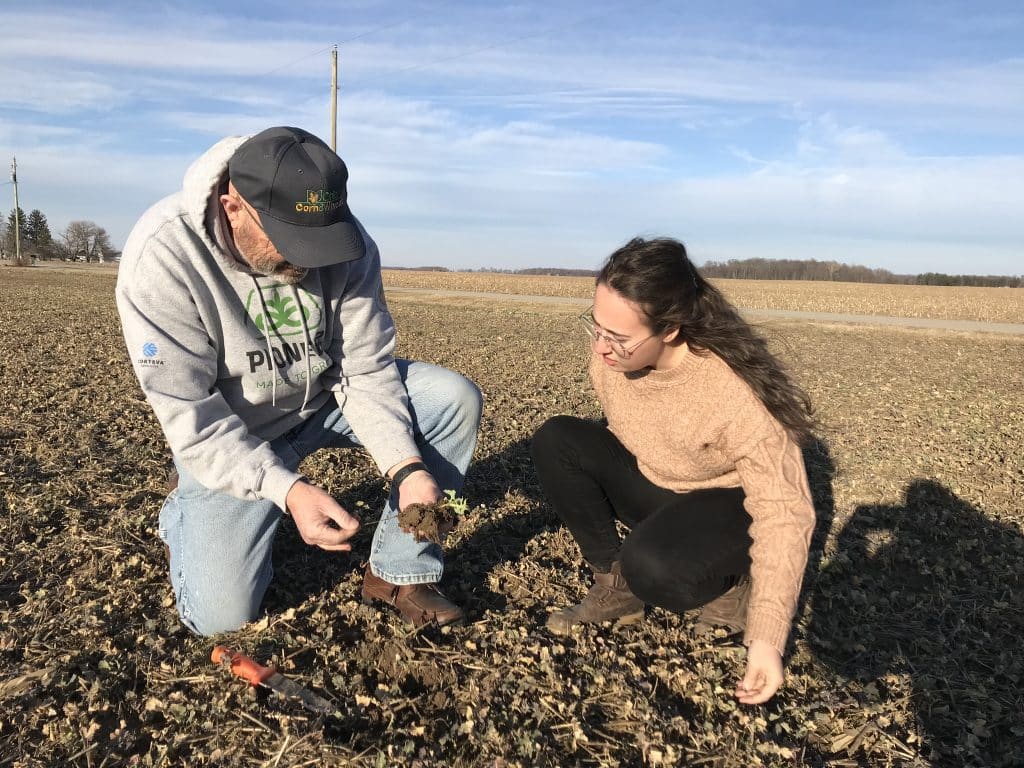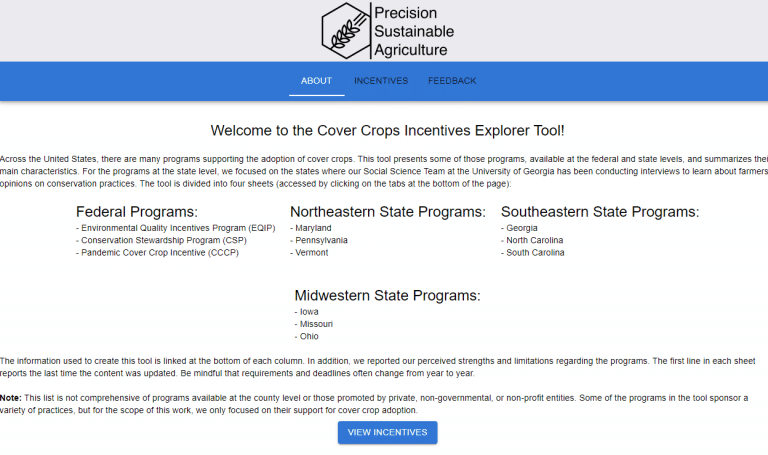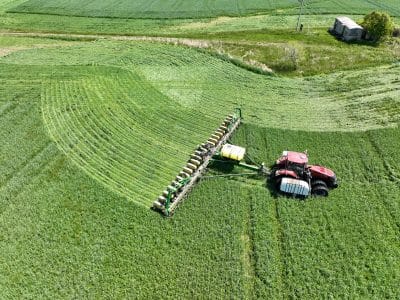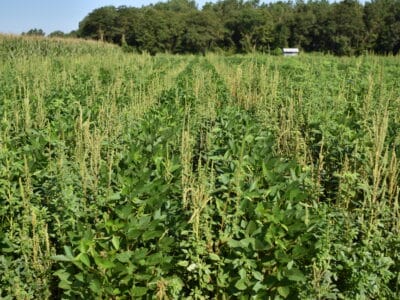A growing number of programs exist to reward and incentivize farmers for using cover crops. But finding and understanding them well enough to use them can be challenging – and an obstacle to cover crop adoption.
Maria Teresa Tancredi, a Ph.D student from the University of Georgia, is working to change that. She spent a year combing through the often complex bureaucratic language of federal and state cover crop incentives programs. The result is her new Cover Crops Incentives Explorer Tool, which breaks down the primary federal cover crop incentive programs, as well as programs for nine different states.
Tancredi’s work was inspired by interviews with over 80 U.S. row-crop farmers about their opinions on conservation practices. “I noticed that growers often reported uncertainty regarding programs incentivizing the use of conservation practices,” she says.
Determined to help farmers overcome this critical obstacle to cover crop adoption, Tancredi worked under the tutelage of UGA scientists, Dr. Jennifer Thompson and Dr. Nicholas Basinger, to identify federal and state cover crop incentive programs and create a searchable database of them. She then turned to the agricultural tech organization, Precision Sustainable Agriculture, for help turning the database into a web-based tool.

How it Works
Tancredi’s database currently includes three federal programs, the Environmental Quality Incentives Program (EQIP), the Conservation Stewardship Program (CSP) and the Pandemic Cover Crop Program (PCCP).
It also includes programs from nine states, divided by region:
- Northeast: Maryland, Pennsylvania, Vermont
- Southeast: North Carolina, Georgia, South Carolina
- Midwest: Iowa, Missouri, Ohio
The database breaks down each program into its most basic elements, so users can quickly review each part and see if and how they might qualify. Those elements include:
- The type of support offered (such as cost-share vs. direct payments)
- Eligibility requirements
- Eligibility limitations
- How to apply
- Important deadlines
- Payment details
- Land management requirements
- Program’s length
You can help develop this tool! It contains a section devoted to feedback from users on how well it works and how it could be improved.
The tool also gives users the strengths and challenges of each program, as Tancredi sees them. Examples of her feedback include noting which programs are hard to find online, which ones are flexible for local farming practices, and which ones might require in-person applications.
Finally, the database gives users access to numerous resources on applying for and understanding each program, with links to each.
The tool remains a beta version at the moment, but another UGA graduate student, Michaela Lubbers, will now test and improve it with help from farmers and other agricultural stakeholders.
That could include you! The tool contains a section devoted to receiving feedback from users. Tancredi and Lubbers welcome users’ input on how the tool works for them and how it might be improved.
Already, though, the tool has sparked interest in the ag world and received enthusiastic media coverage. Lubbers and Tancredi have presented their work in a No-Till Farmer Podcast episode, and the tool was also featured in the Cover Crop Strategies’ Best of the Web.

Text by Maria Teresa Tancredi, University of Georgia, and Emily Unglesbee, GROW.
Maria Teresa and Michaela are graduate students in Dr. Thompson’s Social Sustainability of Agrifood Systems Lab. Their team gathers interdisciplinary scholars using their expertise in qualitative and mixed social science research methods to examine the relationship between health, social justice, agroecology, and food systems.
The Cover Crops Incentives Explorer Tool is developed through the Precision Sustainable Agriculture (PSA) project and financed by the Agriculture and Food Research Initiative’s Sustainable Agricultural Systems Coordinated Agricultural Projects [award no. 2019-68012-29818] and Water Coordinated Agriculture Projects [award no. 2018-68011-28372] from the United States Department of Agriculture (USDA) National Institute of Food and Agriculture.






























































































